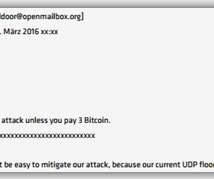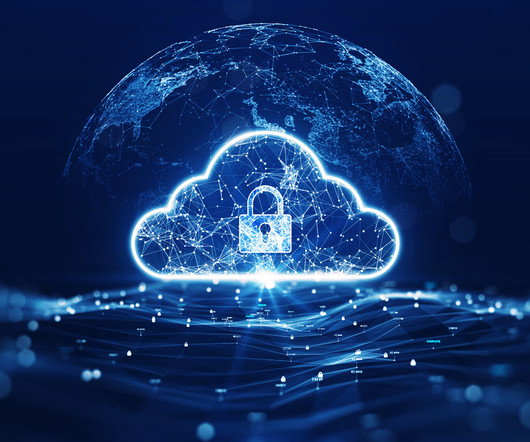Best Distributed Denial of Service (DDoS) Protection Tools
eSecurity Planet
JANUARY 14, 2022
Distributed denial of service (DDoS) attacks can cripple an organization, a network, or even an entire country, and they show no sign of slowing down. DDoS attacks may only make up a small percentage of security threats, but their consequences can be devastating. The most recent wave happened in December 2021.


















Let's personalize your content